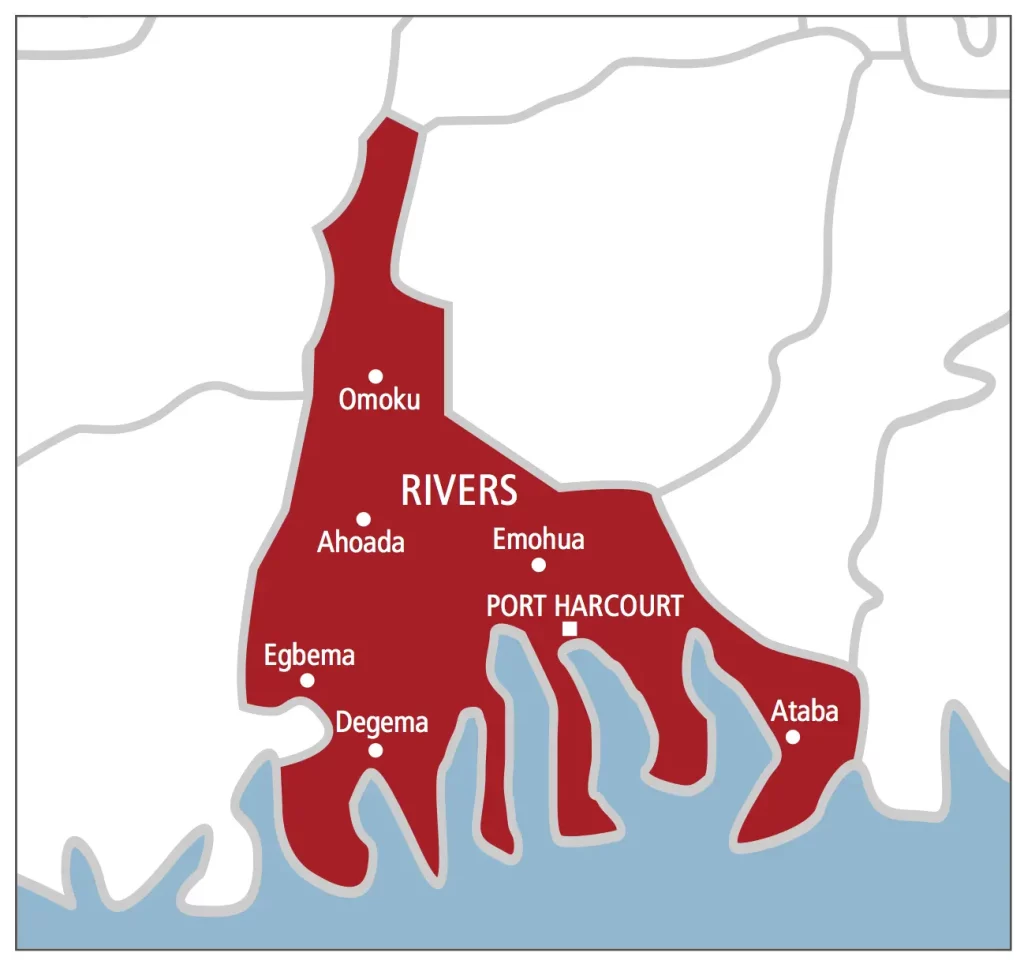[fusion_dropcap boxed="no" boxed_radius="" class="" id="" color="" hue="" saturation="" lightness="" alpha="" text_color=""]W[/fusion_dropcap]hile President Trump’s trade policies are, on their most generous interpretation, a ham-fisted attempt to roll-back other countries’ distortions, elsewhere his policies offer a blueprint for all governments seeking to improve their nations' prosperity.He is taking measures to combat the productivity-suffocating corset of the Diversity Equity & Inclusion mantra, the enterprise-stifling environmental regulations, a tumescent bureaucracy, and excessive government spending, which he hopes to cut by 30 per cent (an outcome already achieved by the Milei government in Argentina). Above all, Trump has reversed the fixation on green power that has suppressed competitiveness.
The cost by 2050 of Biden’s deceitfully named “Inflation Reduction Act” (IRA) by 2050 is estimated by the Cato Institute at $4.7 trillion. Much the largest component is “production credits” for wind, solar, hydrogen, and carbon sequestration.

This is being repealed but as Robert Bryce says, “The American Clean Power Association is lobbying to prevent repeal of the IRA. Its members have collected more than $47 billion in public money and they want to keep the corporate welfare flowing.”Trump has overturned Biden’s quasi moratorium on gas developments and is calling for more coal-fired generators, reversing the US position established by Obama.
He has also withdrawn from the Just Energy Transition Partnership, a collaboration of rich nations trying to induce developing countries to abandon coal, and has terminated tens of thousands of climate activist jobs financed by US AID around the world.As EPA Administrator Zeldin put it, "We are driving a dagger straight into the heart of the climate change religion to drive down cost of living for American families, unleash American energy, bring auto jobs back to the US and more”.If any doubt remains that more green power means higher prices, Bjorn Lomborg assembled this data showing the cross-country relationship of wind/solar electricity and the average cost.
[fusion_dropcap boxed="no" boxed_radius="" class="" id="" color="" hue="" saturation="" lightness="" alpha="" text_color=""]I[/fusion_dropcap]n Australia, the Albanese government is moving in the opposite direction. Australia is doubling down on the policies that have brought soaring power prices and crippled the economy. Having set a green-power agenda, with subsidies running at $16 billion a year – more in relative terms than those Trump inherited – the ALP is adding to the policies that have brought higher household bills and are causing economy-wide deindustrialisation.
The latest measure is a $2.3 billion program for household batteries and small commercial premises. The subsidy would reduce the installed costs from $15,000 to $11,000 and, according to the government, bring electricity savings of $1,100 per year.
The fly in this green ointment: current technology bars batteries from 'firming-up' renewables while the batteries themselves last only 10 years. So, even without discounting for time, the homeowner, at best, breaks-even after a decade.Meanwhile, the hapless renter or apartment owner suffers a dead loss in being obliged to finance this latest green quackery.
As with other renewable policies the alleged gains to some customers come at the expense of others, and the only beneficiaries are the installers.Not only is Labor's energy policy a proven failure, it has shifted the nation away from the all-important measures to lift productivity. BlackRock CEO Larry Fink, historically a supporter of green energy initiatives, has acknowledged that wind and solar alone “can’t reliably keep the lights on” without “major breakthroughs in storage”.
Nevertheless, in the face of logic, history and abundant evidence, Labor insists on marching Australia down the green road of folly.[fusion_dropcap boxed="no" boxed_radius="" class="" id="" color="" hue="" saturation="" lightness="" alpha="" text_color=""]A[/fusion_dropcap]side from energy, Labor has stymied efficient development with endless delays and rejections of environmental applications and wage policies that seek to prevent employers from appropriately rewarding their best workers. It has also shown no stomach for reversing the growth of an unproductive public sector which has accounted for 82 per cent of new jobs.
And, to the distress of Western Australian Premier Roger Cook, Mr Albanese has even said he will resurrect the Nature Positive environmental policies which developers regard as poison.But what of the alternatives?The Coalition appears determined to adopt a Labor-lite approach. Although it says it will hoe into the swollen public service and rein in government spending and regulation, it offers few specifics.
The Coalition’s energy policy has a nuclear focus that would -- given Australia’s labyrinthian regulatory and legal structure -- take at least a decade to implement. And nuclear energy in eastern Australia would be twice the cost of coal. Thus the Coalition would not even restore the competitive edge of cheap energy offered by our resource endowment.
Both major parties remain wedded to the Net Zero carbon emissions policy underpinned by the Paris Agreement. The biggest and fastest growing nations – China, India, Indonesia and Vietnam – have long been undermining the agreement by going gangbusters with new coal generators (often fuelled by Australian coal). Trump’s actions and his formal rejection of the Paris Agreement have administered the coup de grace to something already dying.
A vigorous pursuit of emission-supression policies involving the closure of the lowest-cost source of electricity has been a key reason for an economic performance that under Labor has placed the nation dead last compared to its peers. The numbers are stark: the Albanese government has presided over a 7 per cent fall in real disposable per capita income, in contrast to a 6 per cent rise in the OECD as a whole. Change in real gross disposable income per capitaof households (Q2 2022-Q3 2024)Thus, compared to the average of other developed nations, Australia experienced a 13 per cent decline.
The relative performances demonstrate that our abysmal record was not due to the Ukraine war or any other general factors. It was solely due to poor policies, with Labor rejecting the Trumpian cost reductions and deregulation needed to turn the economy around.So, the options confronting voters from the major parties are, on the one hand, a continuation of the four per cent a year decline in incomes under an ALP government (exacerbated by additional growth-sapping policies in the event of it requiring support from Greens or Teals).
The alternative choice is a slower strangulation under the Coalition which also largely rejects radical pruning and a continuation of the green subsidies. Current policies would deliver more harm if, as seems likely, Trump’s trade policies add to the pressures on our exports.With all of the above in mind, Australians have little reason to rejoice in their options come Election Day.
The post Name Your Poison, Australia first appeared on Quadrant..
Politics

Name Your Poison, Australia
When it comes to reversing the energy-cost burden, Labor offers green cyanide and so, somewhat diluted, does the Coalition














